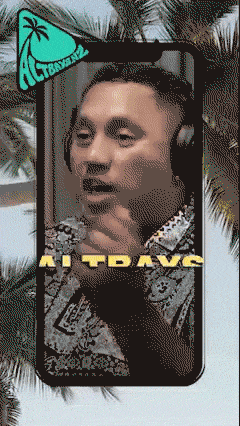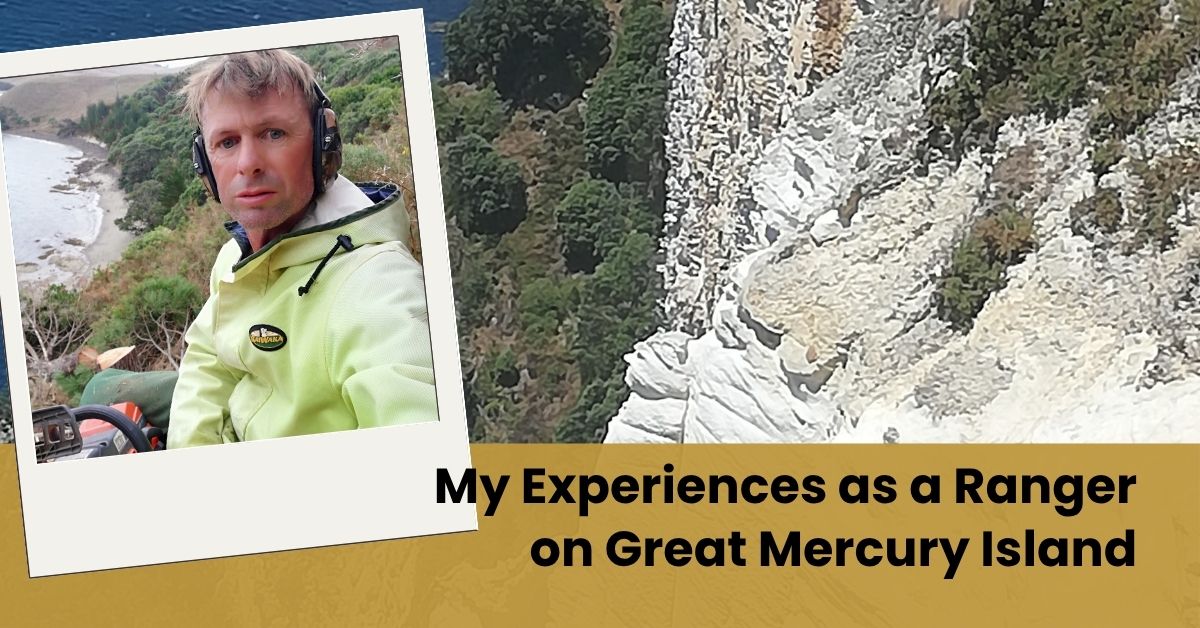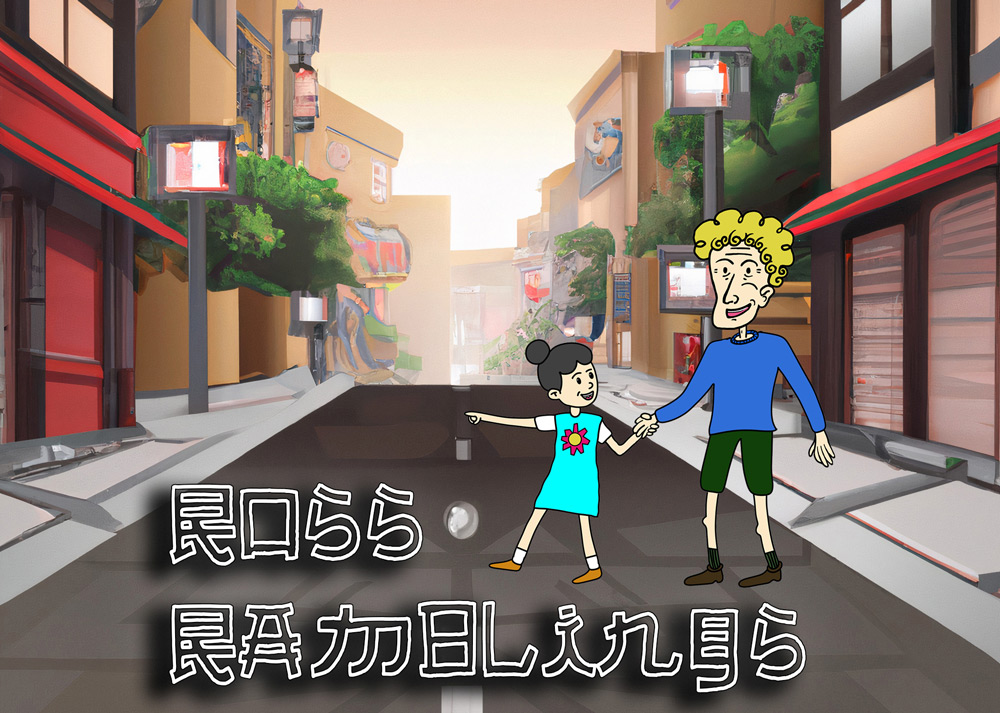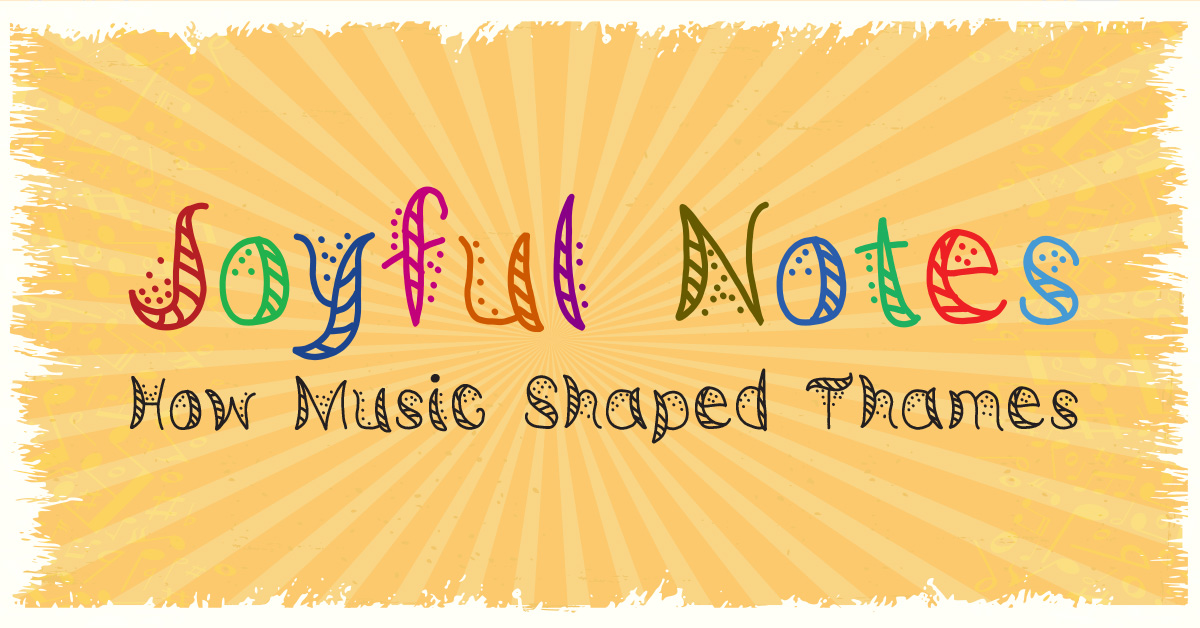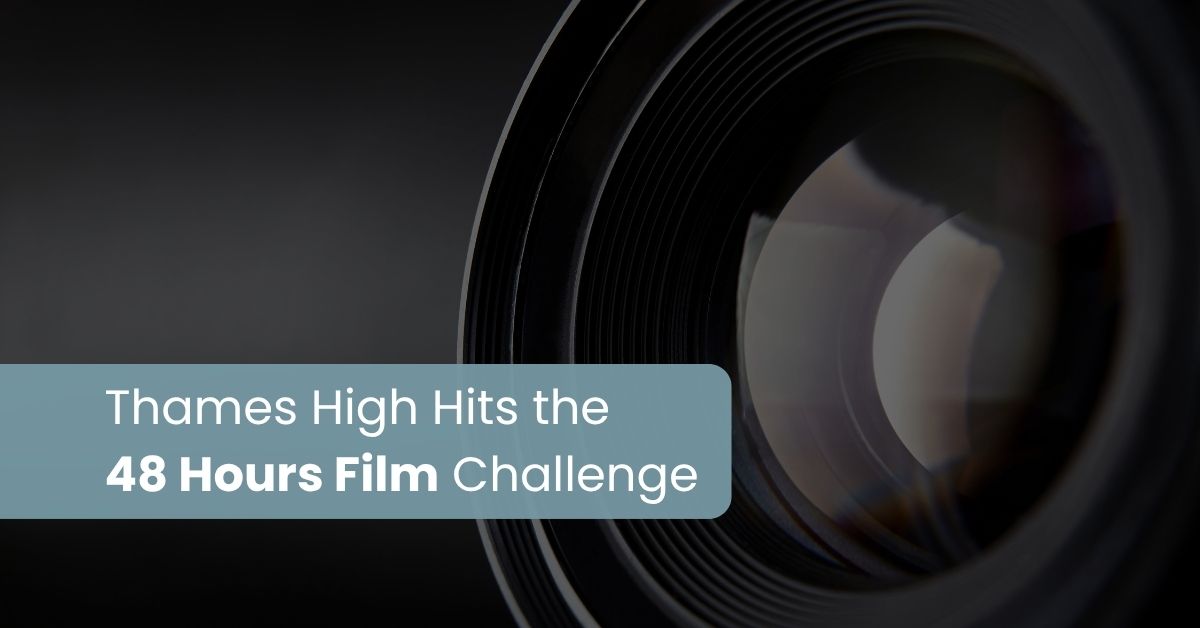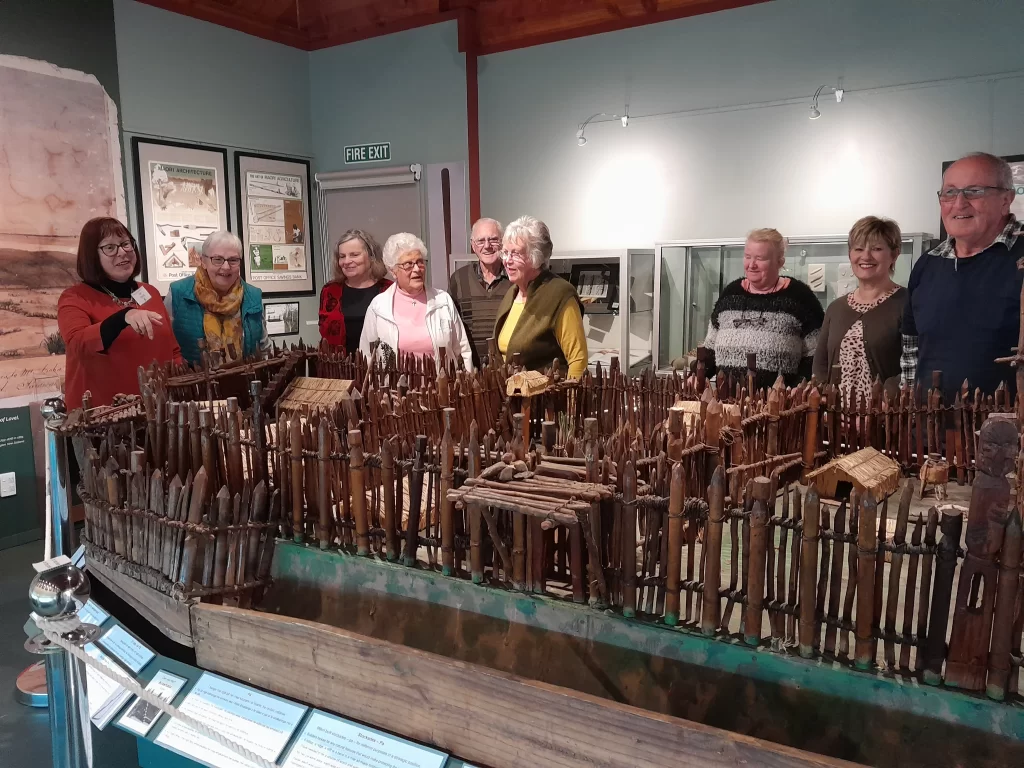
Museums? Just a Whole Lot of Old Stuff! Seen One, Seen ‘em All!
With four diverse museums within walking distance of each other, Thames quashes both these myths.
Ancient civilisations established museums to display and learn from antique objects and works of art. More recently, museums in Britain and Europe housed explorers’ and scholars’ private collections and often only opened to visitors by appointment.
Aotearoa|New Zealand’s first museum opened in Nelson in 1841; now there are over 500 throughout the country.
Today we regard museums as community services: places that are accessible to all; meet a range of visitor and community expectations; offer a variety of experiences and at the same time perform the core functions of collecting, preserving, displaying precious artefacts and educating visitors.
In Thames our four museums do house ‘old stuff’ but not only. We are places where people can donate items in good condition to the collection, knowing they will be cared for and either put on display with their own unique story or archived/stored in an appropriate way. As well, our museums are places of learning, for having fun, doing workshops, dropping in for a chat, doing research, waiting for the car to be serviced, gaining work experience, getting inspiration and volunteering with like-minded people.
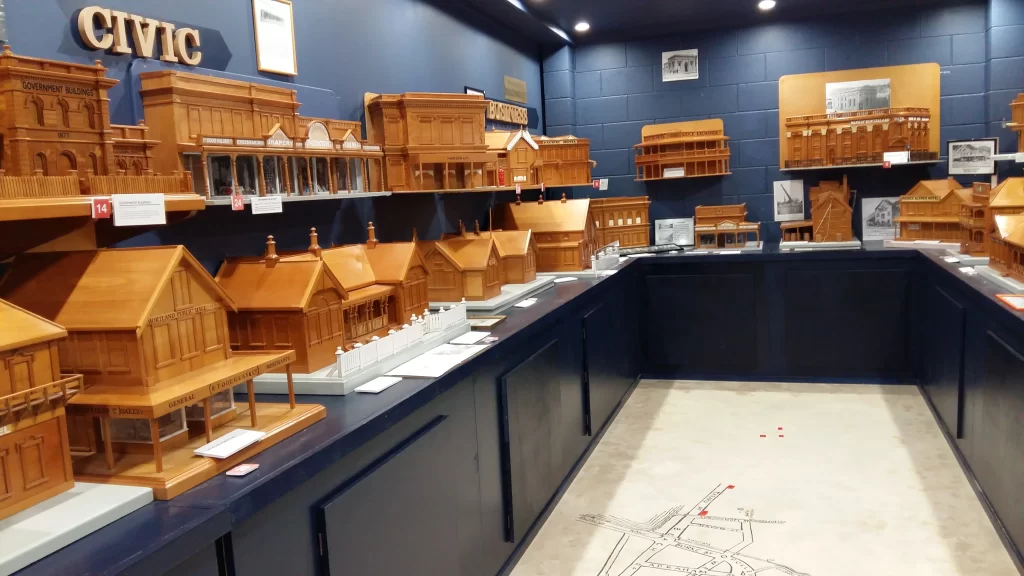
Thames Museum Te Whare Taonga o te Kauaeranga is the district’s teller of social history, spanning the years since the arrival of tangata whenua c.800 years ago through to 1973.
Its te reo Māori name loosely translates as Treasure House of the Kauaeranga district. However, unlike the pakeha idea of a treasure being a precious but lifeless heirloom – jewellery, crockery, tools, … – in the Māori viewpoint, taonga are much more than that. They are a spiritual link to the ancestors who made them: the museum’s Taonga Māori Gallery is a place where people can be in the presence of their tupuna.
In other galleries, the museum showcases the goldrush and the people who shaped the town to be one of the country’s largest in the late-1800s, and those who remained after the goldrush. There are hands-on exhibits and activities for all ages, a free family history research service, and guides to other attractions and heritage walks around the town.
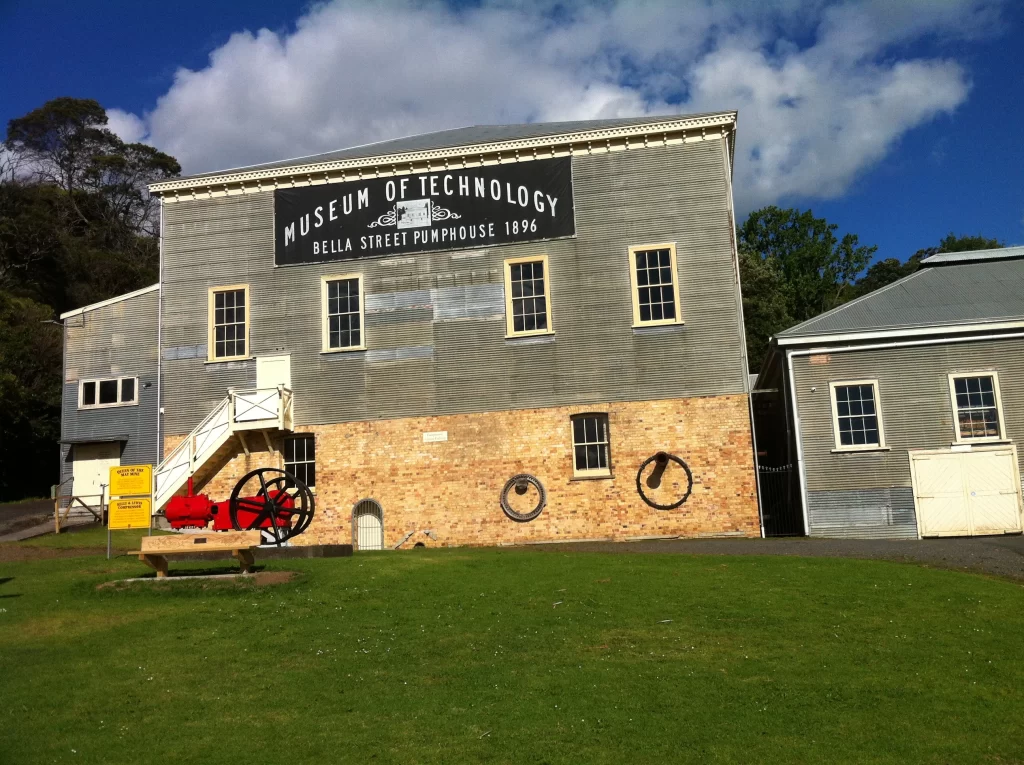
If you are more technically minded, don’t miss Bella Street Pumphouse. It was built in the late-1800s and houses some of the original equipment which removed water from the Queen of Beauty Mine from a depth of 305 metres, so that gold mining could continue at lower levels. Everything about this authentic 8.55-metre-stud corrugated iron building is massive and awesome. The full-scale reconstructed pumping machinery represents wheels which weighed 30 and 40 tons and turned on a 55cm crankshaft. The turbine in the pumphouse basement supplied Thames’s power through to 1946.

Maybe mining procedures, rocks and minerals fascinate you? Visit Thames School of Mines, a Heritage New Zealand property which opened in 1886. It was the largest school of its kind in New Zealand and students learnt gold mining techniques and mine management. Today professional guides bring the original classrooms, laboratories and assay room to life.
The school’s Mineral Museum is one of the finest in the Southern Hemisphere. When Mount Tarawera erupted in 1886, it destroyed the world-famous Pink and White Terraces. You’ll find a piece of the terraces in the collection, alongside other treasures such as gold and silver bearing specimens, minerals and fossils and even NZ’s only precious gemstone, Ruby Rock (Goodletite).
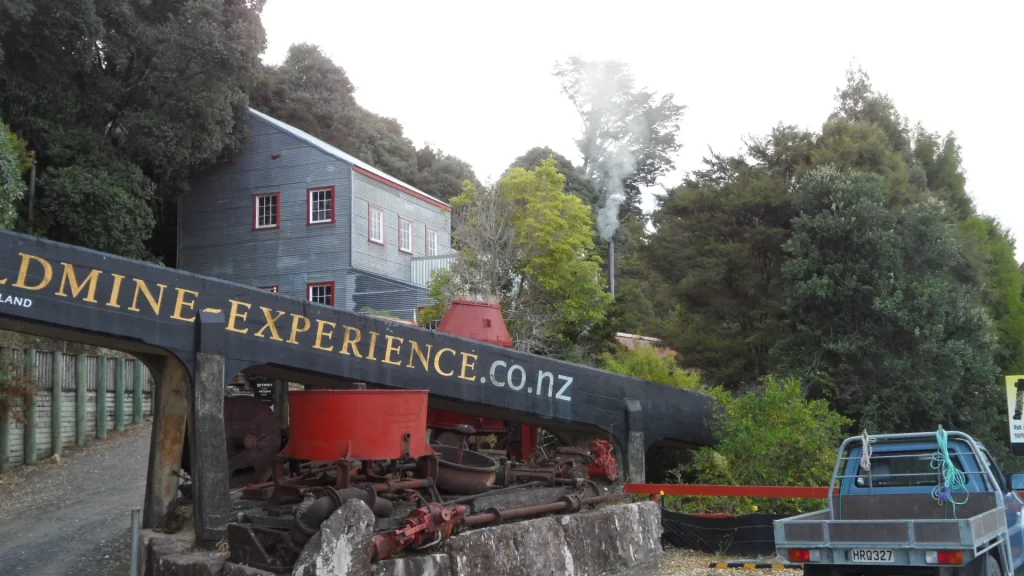
Affectionately referred to as a huge corrugated iron building under a pōhutukawa tree, at Thames Goldmine Experience you truly see, feel and hear gold mining history in action. The dark of the cramped underground mining tunnel is a glimpse of how the miners worked. The deafening noise and ground-shaking power of the stamper battery hints at what life was like above ground. On Live Days, the vapour and smell of the boiler and steam engines recreate the atmosphere of our town at the height of the goldrush.
Thames’s museums function with a mix of paid staff and volunteers. If you would like to volunteer in the heritage sector, please get in touch.

Thames’s historic attractions organise a Heritage Festival every year: this year it takes place 29th September to 1st October.
Here are more details about these museums:
Thames School of Mines, corner Cochrane and Brown Streets
Opening hours: 10 am – 4pm Wednesday to Sunday
Admission prices: 45-minute guided tours, $10 for adults, under 17s free
Contact: 101 Cochrane Street, Thames 3500
07 868 6227 / tsm@heritage.org.nz
Photographer: Grant Sheehan
www.facebook.com/thamesschoolofmines
Bella Street Pumphouse, Bella Street
10am to 3pm Saturday and Sunday
Contact – Merv Grafton 07 868 1027
Website – www.bellastreetpumphouse.com
Wheel photo: George Haffenden.
Exterior: Cara Penney
Thames Museum Te Whare Taonga o te Kauaeranga
503 Cochrane Street
07 8688509
Open Monday to Saturday, 10am to 1pm
Adult $5, Child $2, Family $10
www.facebook.com/thamesmuseumnz
Photos: Carolyn McKenzie
Thames Goldmine Experience
SH25/Queen St
Winter (weekends only)
1 May to 26 Dec, 10am to 1pm
Open public holidays
Open school holidays, 10am – 1pm
07 8688514
Contact for tours; Secretary, Janet Erikson, jacquilemonde@hotmail.com;
photos: Russell Skeet
Words by Carolyn McKenzie (Volunteer, Thames Museum Te Whare Taonga o te Kauaeranga) with Cara Penney, Elton Fraser and Russell Skeet
Help us take Coromind Magazine to new heights by becoming a member. Click here


